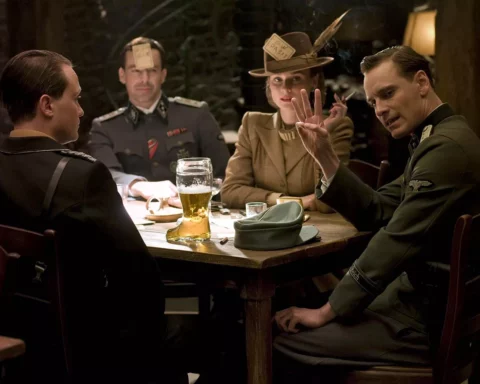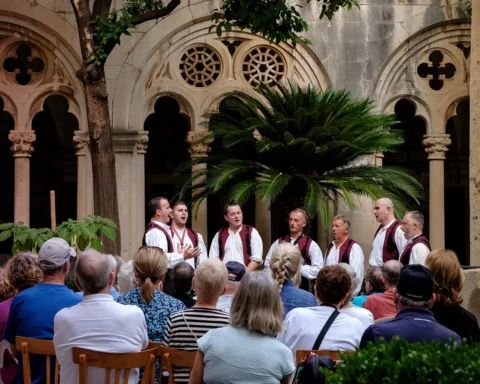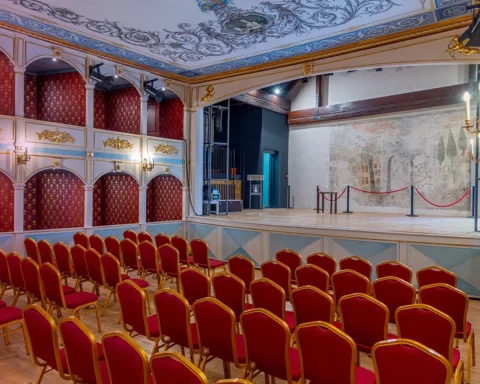If Europe were a square or a perfect circle, finding its exact center would be as easy as underlying geometry. Unfortunately, it’s not that simple, and many countries, counties, and communes across the continent want to stake their claim as its exact center. However, as far as the Globe is round and its exact center hard to pinpoint (*though some claim that it’s located in Ludbreg, Croatia), Europe has defined borders and thus must have a center.
The center of Europe as the center of attention
Finding the exact spot, while hard to prove as it may be, is a unique selling point for a certain kind of tourist-seeker. One of the most established center points of Europe is somewhere outside Vilnius, Lithuania. How can an exact spot be “somewhere”? It’s complicated, but we’ll get to that in a moment.
Some 25 kilometers from Vilnius is a monument depicting a compass rose with an obelisk and stars. Although it holds a Guinness Record for being the exact center of Europe, backed up by the claims of a French scientist, it was only recently moved there from a neighborhood nearby after the scientists behind the calculations found an error.
It’s a shame because the previous center point of Europe, Europos Parkas in Joneikiškės, had already developed an open-air museum of historical curiosities and modern sculpture to go with their center point marker. Alas, the decision was not Lithuania’s to make, and the center point was moved.
The hunt for the center of Europe may have begun with Polish astronomer Szymon Sobiekrajski, who posed the problem in 1775. His proposal was Suchowola in the northeast of current Polish territory, an intersection with the most extreme points in the continent. A monument marks the spot to this day.
As new countries appeared throughout the 19th and 20th centuries, each of them seemed to claim to have the center of Europe in their own backyard. The Austro-Hungarians pinpointed it in the current territory of Ukraine back in 1887, which the Soviets claim to have confirmed a bit later, in the 20th century.
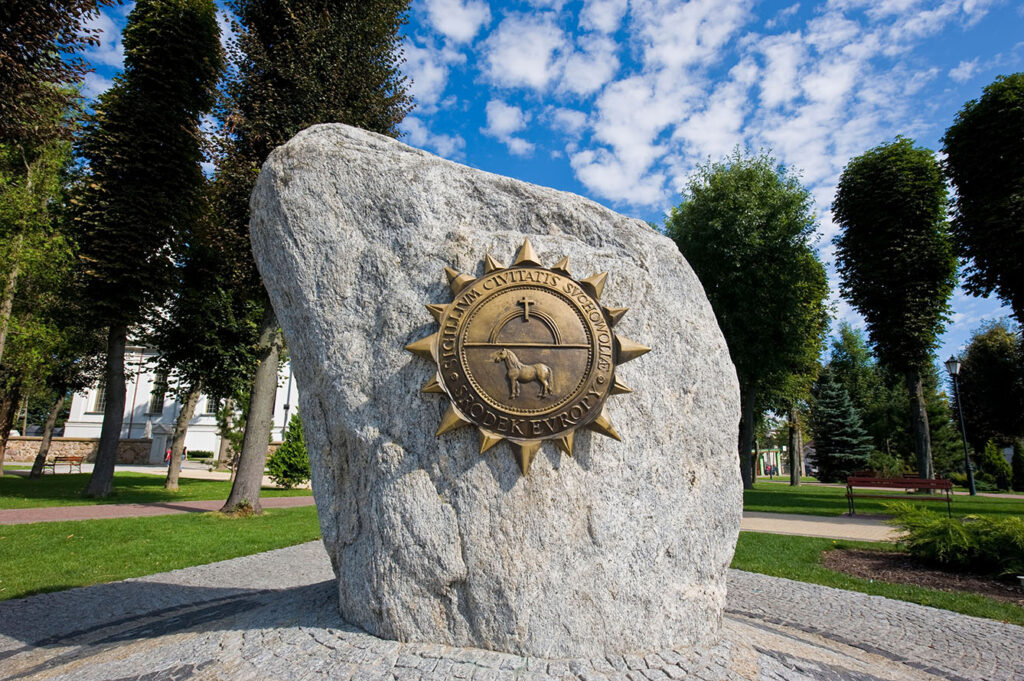
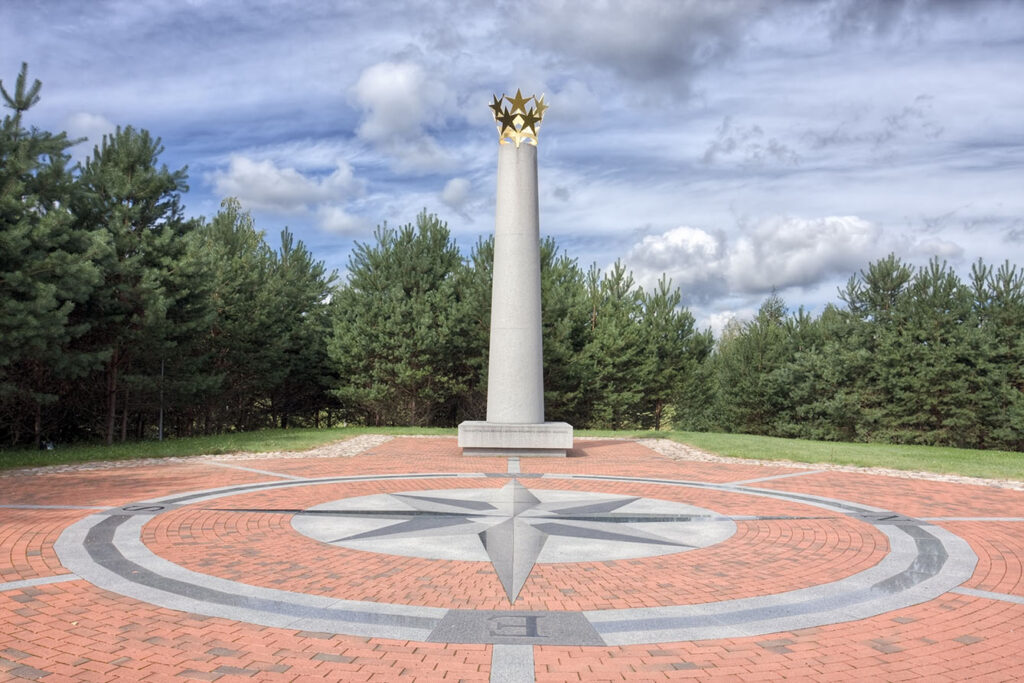
Belarus has no less than three candidates: Polotsk, Vitebsk, and Babruysk. And then there is Tállya in Hungary, the geometric center of Europe by the claims of a 1992 survey. Blaufusz, in today’s Slovakia, claimed its central position after the Napoleonic period, when the division between the basins of the Baltic and the Black Sea were established.
French geographers on Central Europe
There is also a marker near the border of Germany and Czechia in Dyleň, marked by Austrian geographers, though its claim to fame was negated by geographers from the University of Munich.
Similar to Sobiekrajski’s method, but including all the islands belonging to Europe or its countries, Estonia claimed the middle for itself in the village of Mõnnuste, making it increasingly more clear that this is a question that Central Europe, itself, could not answer. It was at this point that Western scientists were called in.
In 1989, Jean-George Affholder of the French National Geographic Institute determined the center of Europe again and found it in Joneikiškės. It just so happened that the date of the calculation happened to fall exactly at the time of regime change and the fall of the Eastern Bloc.
So it was another coincidence that the date when Affholder’s error was corrected and the new spot commemorated happened on another important date in 2004 when Lithuania joined the European Union. Today the center of the continent is marked with golden stars.



